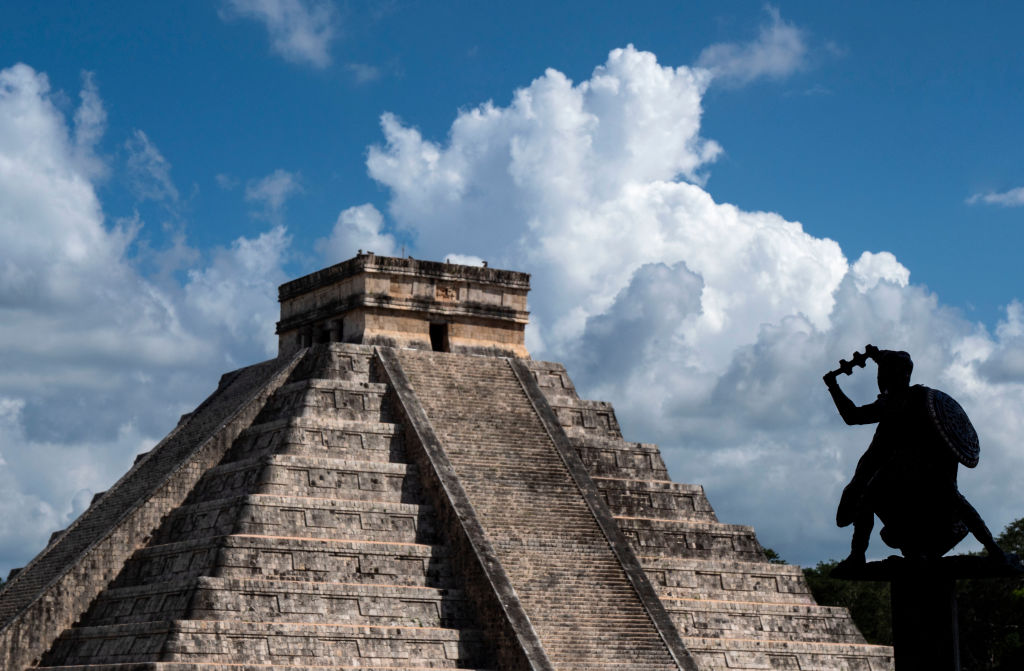On May 10, YouTube mega-star MrBeast (real name James Donaldson) released a video titled I Survived 100 Hours in an Ancient Temple to his channel, which currently counts more than 394 million subscribers. The video, part of his globe-trotting endurance series, has racked up over 55 million views in just four days. But while the challenges may be real, not everything shown in the video is—at least according to Mexico’s National Institute of Anthropology and History (INAH).
In a statement published May 12, INAH confirmed that Donaldson’s visits to several Mayan archaeological zones—including Chichén Itzá, Calakmul, and Balamcanché—were carried out with full permission from the federal Ministry of Tourism and the governments of Campeche and Yucatán. The institute stated that all shoots occurred in areas open to the public, without blocking access for other visitors. In Calakmul, the group also visited Building II, a structure typically closed to tourists but occasionally made available through advance coordination—something INAH said was arranged well ahead of time.
Related Articles

The statement, however, also took aim at several inaccuracies in the final cut. Among them: contrary to what’s implied in the video, no drones were flown inside El Castillo at Chichén Itzá, no one descended from a helicopter, and no one spent the night inside an archaeological site. INAH emphasized that its staff were present throughout the production to enforce safety and preservation protocols.
One of the more theatrical moments in the video features Donaldson being handed what appears to be a centuries-old funerary mask. “Why is this not in a museum?” he jokes on camera. “Why is a YouTuber holding this?” According to INAH, he wasn’t. “The one presented is clearly a contemporary reproduction,” the agency said, adding that no authentic artifacts were handled or removed during the shoot.
Still, despite the “false assertions,” INAH struck a conciliatory tone, saying that content like Donaldson’s may help spark interest among younger viewers in Mexico’s cultural heritage—so long as it’s followed up with historically accurate context.

